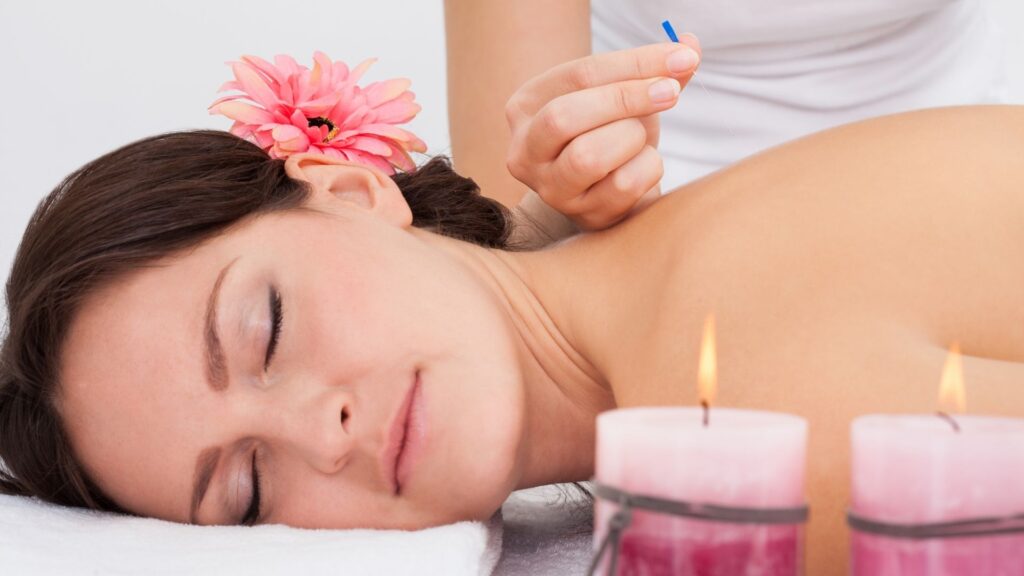
Revive. Renew. Restore. With Acupuncture
There are numerous treatments available to help the human body regain its health. Some are so obscure that no one has ever heard of them, while others are so well-known that even Hollywood A-listers are admirers. Acupuncture is one example of this type of therapy, which is used in traditional Chinese medicine to treat a number of health concerns and symptoms.
Acupuncture is the practice of inserting needles into the body in order to activate sensory nerves in the skin and muscles. This could aid in the treatment of chronic pain and other physical disorders. Acupuncture has its origins in traditional Chinese medicine (TCM) and is currently used as a supplemental treatment all over the world.
If you are considering acupuncture, which is only one of the many services offered by the Sirwiss network of health specialists, you will find a wealth of helpful information in this article.
Read on.
What is Acupuncture?
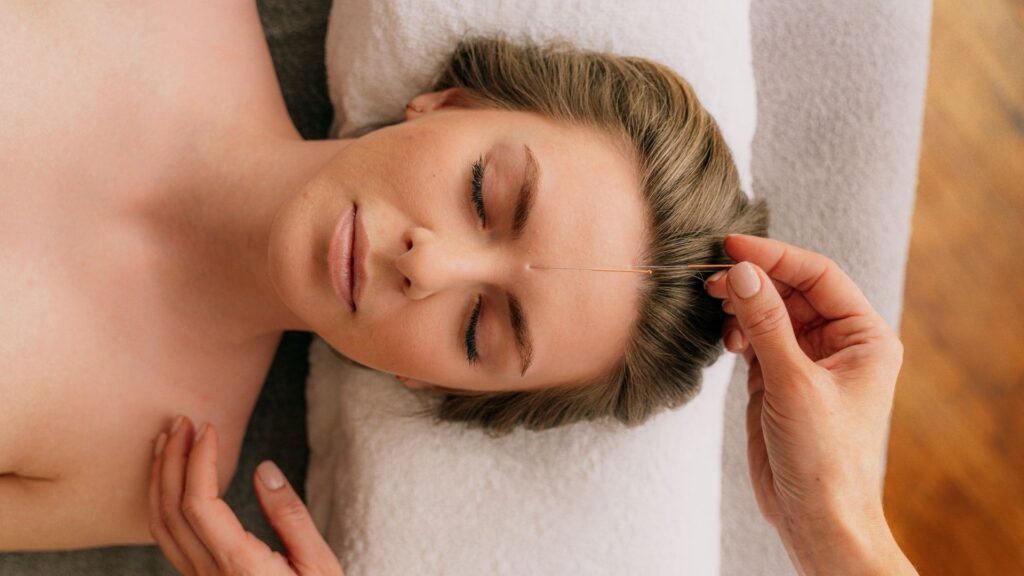
Acupuncturists use thin, solid, and flexible stainless-steel needles to treat a wide range of conditions and alleviate pain based on principles of Traditional Chinese Medicine. Treatments with acupuncture entail applying pressure to various acupoints, lines, and neural zones on or just below the skin.
Acupuncture Has a Long History
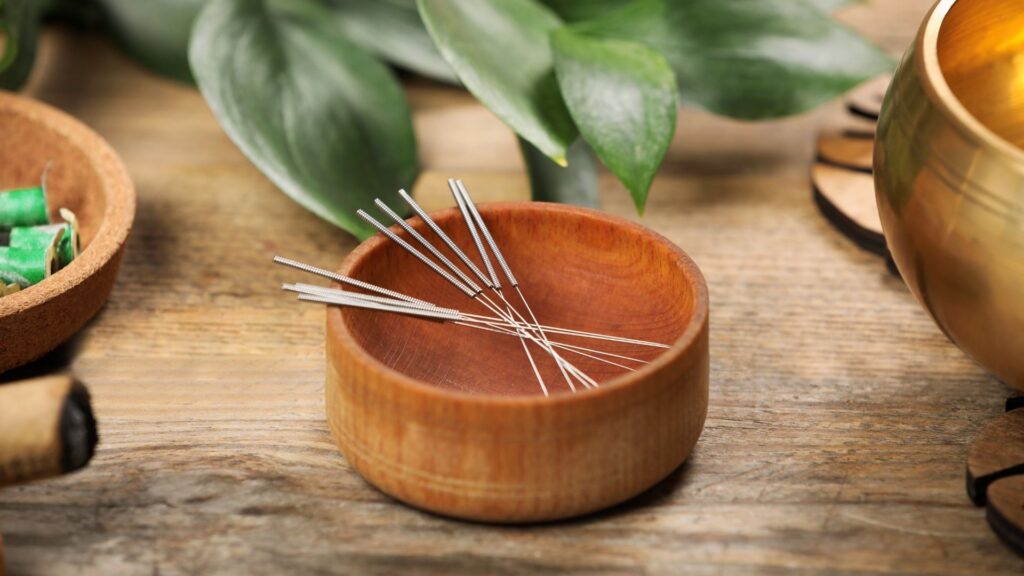
The origins of acupuncture can be traced back thousands of years. Both the theory and the practice may be traced back to the territory that is now central China. For over 2500 years, it has served as a cornerstone of Traditional Chinese Medicine. Archaeologists have discovered primitive acupuncture needles fashioned of stone and animal bone, suggesting the practice may have been in use in Eurasia as early as the Stone Age.
The Yellow Emperor’s Classic of Internal Medicine, written in China approximately 300 BC, contains the earliest known description of acupuncture needle diagnosis and treatment. Needles made of bamboo and metals like copper, silver, iron, bronze, or gold were first developed in China. These first acupuncture needles may have served as models for the modern hypodermic needle, which is ubiquitous in Western medicine. Modern acupuncture makes use of much thinner and more flexible needles made of stainless steel, silver, and gold (0.12-.3 mm (about 0.01 in) in diameter).
Acupuncture Theory
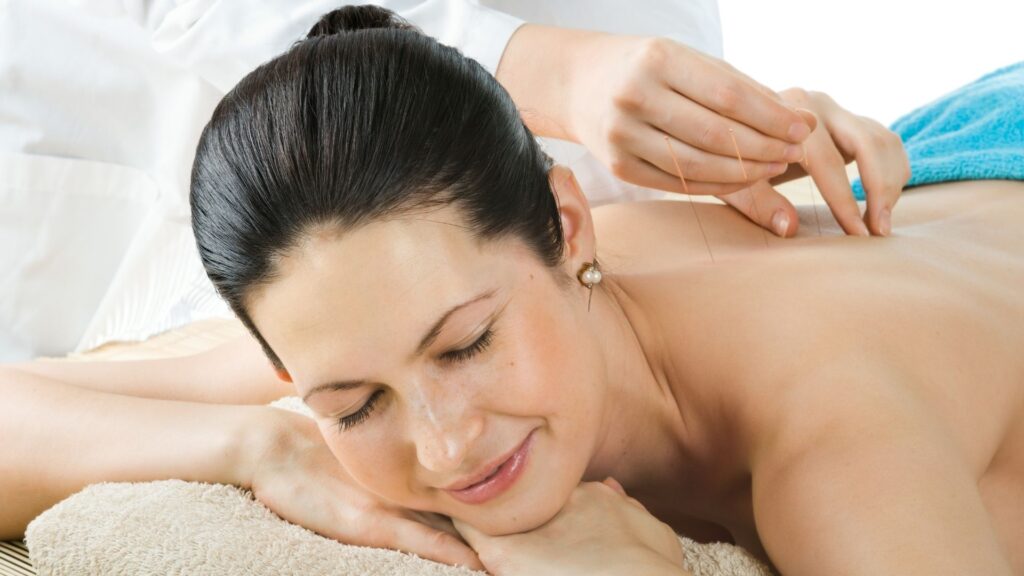
Knowing the underlying concept of acupuncture might assist inform discussions about the treatment.
Qi (pronounced chee) is one of the five elements in Traditional Chinese Medicine and is the energy that more broadly represents the function (rather than the substance) of the body. It is believed to move along a network of 12 to 14 routes (meridians) that connect the skin, fascia, muscles, and bones to the internal organs. Illness can develop when this vital force is blocked, slowed, or otherwise altered.
It’s crucial that you realize that the vocabulary employed by acupuncturists and Chinese medicine doctors to express Eastern philosophies and medical practices is akin to that of Shakespeare when applied to contemporary medicine.
A lot can be lost in translation.
According to the theories of traditional Chinese medicine, there are anywhere from 365 to 2,000 acupuncture sites on the human body that, when linked together, form routes (meridians) of microcirculation and physiological action. By triggering these areas, it is believed that obstructions can be cleared out and the body’s natural equilibrium can be restored. The somatosensory system can also be stimulated in this way. Increasing blood flow to an area can help alleviate pain and speed healing.
How Does It Work?
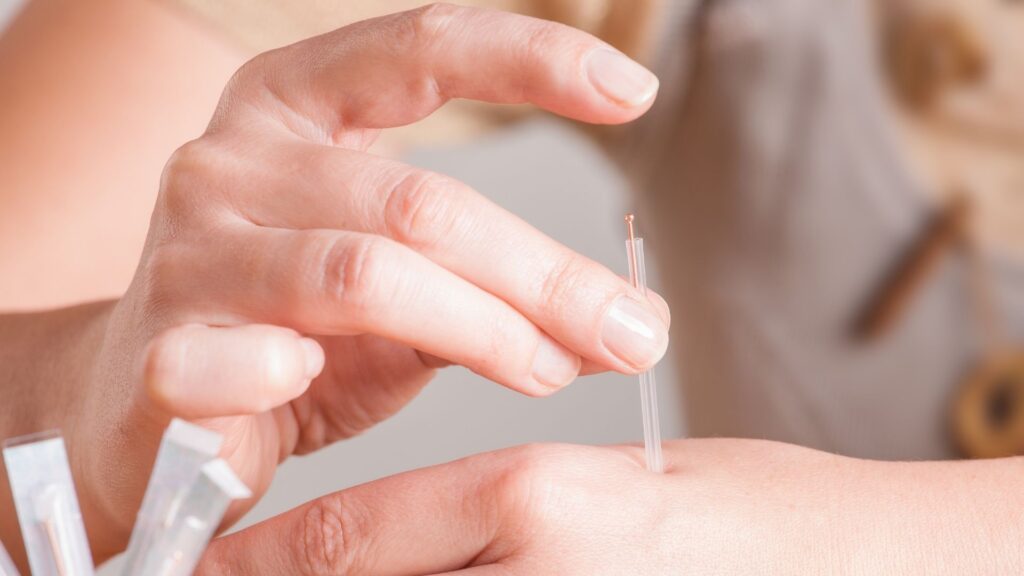
Traditional Chinese Medicine (TCM) explains that health is the result of a harmonious balance between the complementary extremes of yin and yang of Qi. Advocates believe that illness results from an imbalance between these forces.
Many acupuncture points, according to a 2017 study, are located at sites where stimulation can impact the activity of multiple sensory neurons. These locations are also referred to as receptive fields. The physical stimulation of needle insertion at these sites may affect pain processing in the central nervous system and muscles, as well as increase blood flow to specific portions of the body. According to a 2018 meta-analysis of acupuncture’s effect on chronic pain, the practice can provide pain relief benefits that are distinct from placebo.
Things to Consider
It is important to remember that acupuncture is only meant to be used in conjunction with conventional medical care. A primary care physician should be consulted prior to acupuncture treatment for chronic pain or any other disease. Acupuncturists can serve as primary care physicians in various US states.
What Can Acupuncture Help With?
So, how exactly can acupuncture help? Acupuncture has been shown to be effective in treating a variety of physical, neurological, mental, and emotional disorders, as shown by a systematic evaluation of clinical research. It is clear from both clinical practice and scientific studies that the following illnesses exist:
1. Chronic pain – Acupuncture has been shown to be effective for treating chronic pain. Prolonged pain, such as that experienced by those with osteoarthritis of the knee, the neck, or the shoulders, has been proven to respond to this treatment, and the results have been clinically significant.
2. Acute pain – Tendinitis, frozen shoulder (adhesive capsulitis), tennis elbow (lateral epicondylitis), sciatica, acute lower back pain, and postoperative pain are only few of the acute pain syndromes that have been shown to benefit from acupuncture’s immediate analgesic effect.
3. Allergic rhinitis, acute sinusitis and the common cold – Itching, sneezing, and a stuffy or runny nose are just some of the nasal and ocular symptoms that can be alleviated by acupuncture’s safe and effective treatment of allergic rhinitis, acute sinusitis, and the common cold.
4. Dental pain – Toothaches, pain after tooth extraction, pain in the temporomandibular joints (TMJ), clicking and locking in the TMJ, persistent muscle pain or spasms, and nerve pain can all be helped by acupuncture.
5. Tension headaches – Acupuncture has been proven to help alleviate tension headaches, including chronic tension-type and chronic episodic headaches and migraine prophylaxis.
6. Anxiety and depression – Numerous studies show that acupuncture can lower anxiety and improve the efficiency of certain antidepressants, making selective serotonin reuptake inhibitor (SSRI) treatment more effective. Acupuncture can also help with antidepressant side effects.
7. Menstrual irregularities (dysmenorrhea) – Some studies show that acupuncture may be useful in treating menstrual pain and irregularities.
8. Infertility – In addition to helping infertile couples deal with stress, anxiety, and sadness, studies have shown that acupuncture can assist alleviate depressive symptoms in women battling with infertility.
9. Pregnancy & Labour – Acupuncture can help pregnant women with morning sickness, as well as back and pelvic pain. Combining acupressure with other prenatal therapies has been demonstrated to improve childbirth outcomes for women.
10. Nausea and vomiting – Acupuncture can lessen nausea and vomiting after chemotherapy treatments and post-operation.
11. Weight loss – There is no single acupuncture point or treatment that will guarantee weight reduction success, but acupuncture can aid in the process by relieving stress and sadness, suppressing cravings, and increasing energy expenditure.
12. Insomnia – Acupuncture has been shown in numerous trials to be an effective treatment for sleeplessness. Stimulating melatonin production, inducing sleep onset, and decreasing sleep disruption and arousal during the night are all possible with acupuncture.
13. Stroke rehabilitation – Multiple recent research has shown that acupuncture enhances brain activity in stroke victims and has excellent clinical effects for the treatment of stroke (rehabilitation). Researchers have shown that real acupuncture increases brain activity and functionality, but sham acupuncture and a blank control group do not, thanks to the use of magnetic resonance imaging (MRI) technology.
How Does Acupuncture Feel?
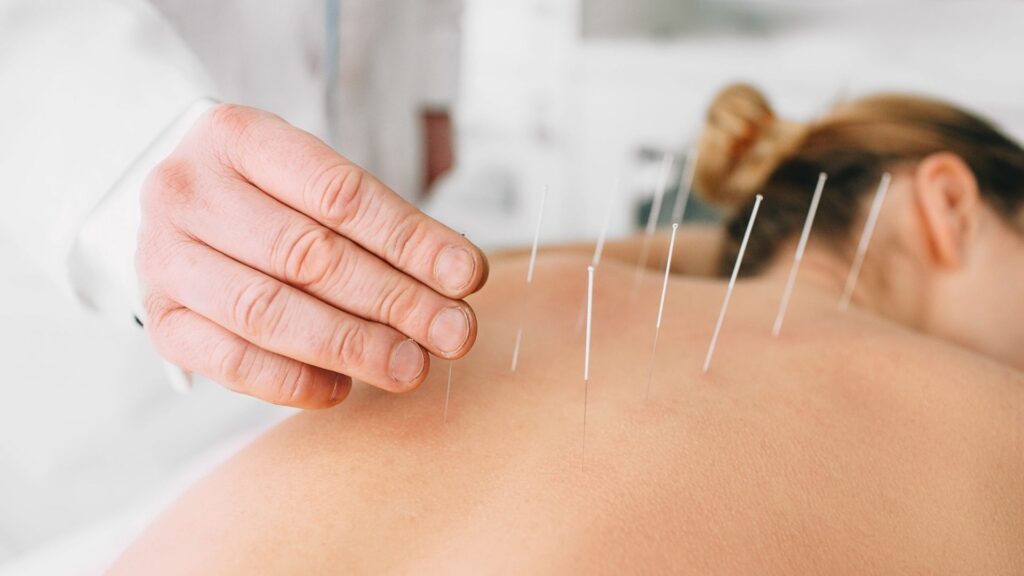
Many people seek out acupuncture in the hopes that it may alleviate pain rather than cause it. New patients are usually taken aback by how painless the procedure is. Needling can cause no sensation at all or a tingling, warmth, discomfort, numbness, or heaviness not unlike a muscular ache. Sometimes acupuncture can be painful because of the condition being treated (pain and stress make us more sensitive to pain), but the discomfort of treatment will never exceed the severity of the underlying condition. Choosing a skilled practitioner is very important if you want to have a painless acupuncture experience.
How You May Feel After an Acupuncture Session
You may feel quite calm and relaxed after your treatment, or you may feel more focused and alert. While some people report feeling energized, others report feeling drowsy. Sleeping better, feeling happier, having less stress, better digestion, clearer thinking, and more energy are all possible side effects.
Risks of Acupuncture
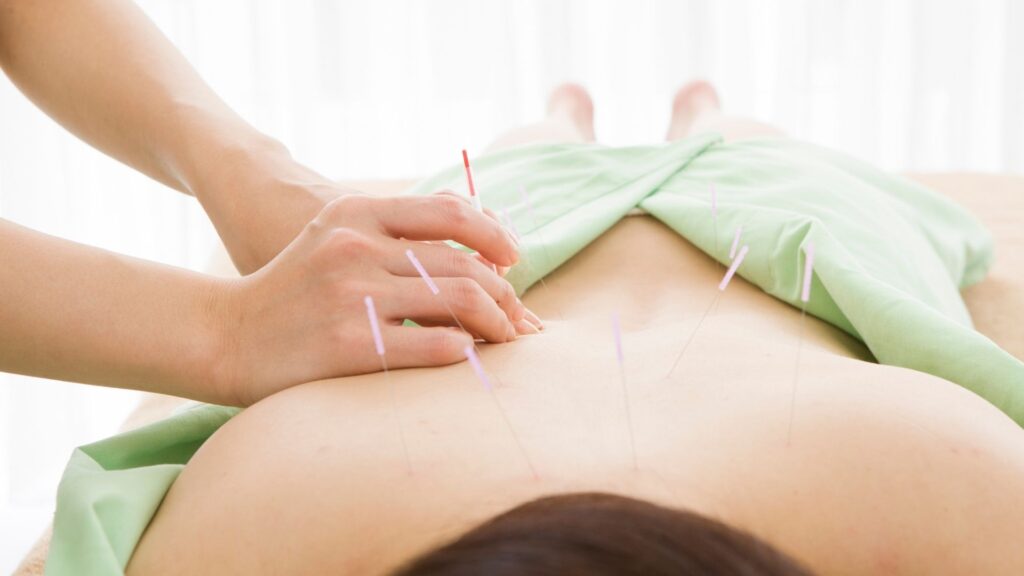
Acupuncture has very few and milder side effects than Western medicine when performed by a competent professional. Fatigue, dizziness, pain at the injection site, bruises, and emotional release (vulnerability and weeping) are all possible side effects. In most cases, after 24 hours, your soreness will have diminished. However, more intense treatments may result in discomfort that lasts for a few days. Before beginning treatment, most acupuncturists will let you know if this is a possibility.
How Many Acupuncture Treatments are Required?
Since everyone recovers at a different pace, it’s impossible to say for sure. While most patients report immediate improvement after just one or two sessions, some take longer. In general, longer treatment plans are necessary for disorders that persist over time. Acupuncture may potentially exacerbate preexisting conditions or bring them back to life; however, this is quite unusual. Each individual has a one-of-a-kind medical and intellectual background. Communicating openly with your acupuncturist about your symptoms, side effects, and worries is essential.
Acupuncture, a Chinese complementary and alternative therapy that stimulates the body’s neural network with very thin needles, has a long history. There is little chance of adverse effects associated with acupuncture, and practitioners are required to have a license in order to practice acupuncture procedures.